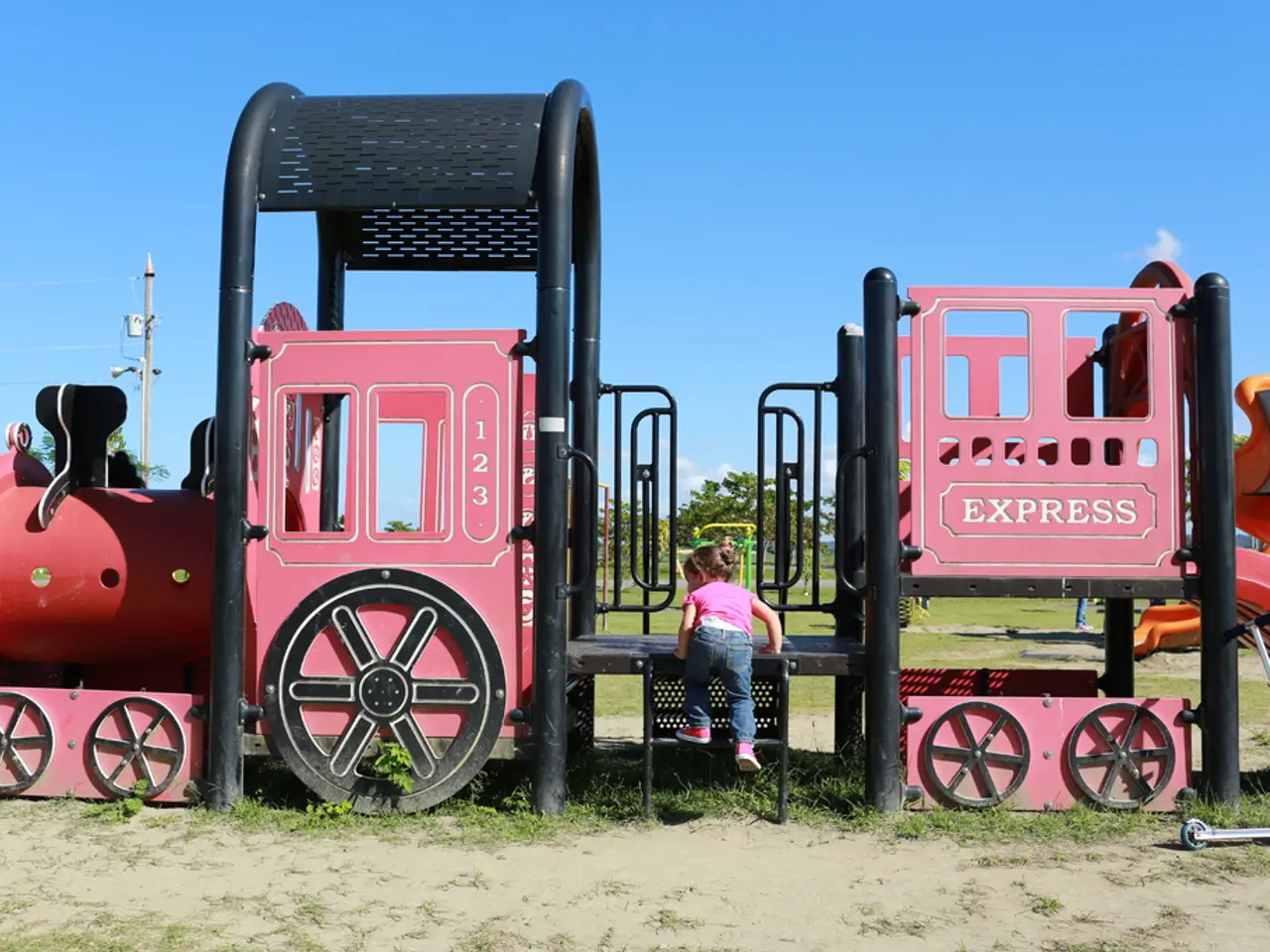DIY Kids' Electric Switch Project
In a world where technology is becoming increasingly more complex, it's essential to introduce children to the basics of electrical engineering at an early age. One such concept is understanding how a circuit switch works, and a fun and engaging way to do this is by building a circuit switch for kids.
The components needed for this activity are straightforward and easily accessible. These include a small piece of cardboard, 2 metal fasteners, a paper clip, copper wire or electrical wire, alligator clip wires or electrical tape, a battery holder and battery pack, a light bulb, and a light bulb holder.
At the heart of every electric circuit is a switch, acting as a gatekeeper that controls the flow of electricity. When the switch is turned on (closed), it completes the circuit, allowing electric current to flow and power components like LEDs or a light bulb. Conversely, when the switch is turned off (open), it breaks the circuit, stopping the flow of electricity and turning off the device.
In this project, the paperclip acts as the switch. When it touches both fasteners, it completes the circuit, and the light bulb illuminates. By moving the paperclip away from the fasteners, the circuit is interrupted, and the light bulb turns off.
This activity demonstrates the flow of electricity through a circuit, using a parallel circuit setup. Unlike a series circuit where components are connected in a single path, a parallel circuit allows multiple paths for electricity, keeping bulbs lit even if one goes out.
This hands-on STEM activity is a practical way for children to explore electricity and circuits. They can sew or tape components together and watch how the switch controls the light, providing a tangible understanding of the concept. For younger children, this activity can be done under supervision, making it suitable for children aged 3-5.
For those who prefer a more simplified approach, kit options like Snap Circuits provide snap-together parts that include switches, batteries, LEDs, and more, allowing kids to build dozens of circuit projects easily and safely.
In summary, building a circuit switch offers a fun and educational experience for children, teaching them about electrical engineering, conductivity, and the role of switches in everyday devices like flashlights and lamps. By participating in this activity, children will develop a better understanding of how electricity works and the importance of circuits in our daily lives.
- Engaging children in the basics of electrical engineering is crucial, especially in a technology-dominated world, and constructing a circuit switch for kids is an enjoyable way to achieve this.
- The circuit switch project is straightforward and requires simple, easily accessible components like a small piece of cardboard, metal fasteners, a paper clip, copper wire, alligator clip wires, a battery holder and battery pack, a light bulb, and a light bulb holder.
- The paper clip acts as the switch in this activity, completing the circuit and illuminating the light bulb when it touches both fasteners, while breaking the circuit and turning off the light when the paper clip moves away.
- This hands-on STEM activity provides children with a tangible understanding of electrical circuits and the flow of electricity through a parallel circuit setup, teaching them about conductivity and the role of switches in everyday devices.
- For younger children, this activity can be done under supervision and is suitable for children aged 3-5, offering opportunities for learning and play in science, technology, engineering, and mathematics (STEM) education and self-development.
- For kids who prefer a more structured approach, Snap Circuits kits offer snap-together parts, including switches, batteries, LEDs, and more, allowing for easy and safe construction of dozens of circuit projects.
- Participating in circuit switch activities can help children develop a better understanding of electrical engineering and the role of circuits in various devices, like flashlights and lamps, fostering a fun and educational experience.
- By combining play, art, and experimentation in science and technology, this circuit switch project offers a unique blend of activities that cater to a child's sense of fun and curiosity, while also supporting their educational growth in science, sports, and overall development.




